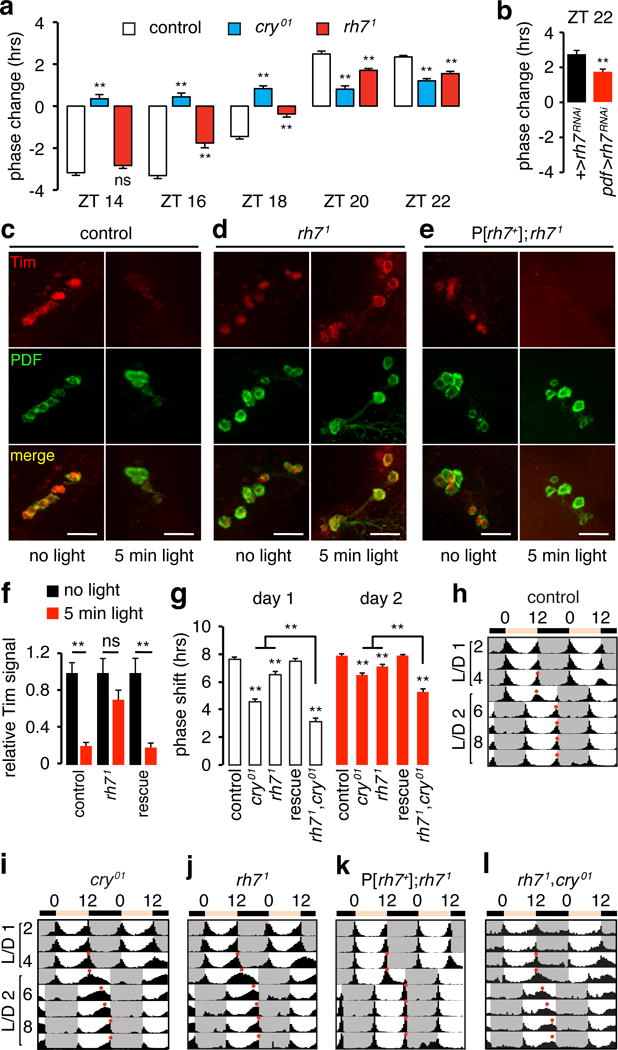Figure 3. Rh7 is a circadian light receptor.

a, Phase response of flies to a 5-min white light at the indicated ZT. Negative and positive phase changes indicate phase delays and phase advances, respectively. Three independent assays/genotype (n=8–32/experiment). Total flies tested: ZT14, control, n=56; cry01, n=46; rh71, n=55. ZT16, control, n=61; cry01, n=52; rh71, n= 57. ZT18, control, n=61; cry01, n=51; rh71, n=77. ZT20, control, n=45; cry01, n=39; rh71, n=48. ZT22, control, n=54; cry01, n=60; rh71, n=48. b, Phase responses to a 5-min white light stimulation at ZT22. Three independent assays/genotype (n=8–24/experiment). +>rh7RNAi (UAS-rh7RNAi), n=40; pdf>rh7RNAi (UAS-rh7RNAi and pdf-Gal4), n=52. **p<0.01, unpaired Student’s t-test. c–e, Flies were exposed to a 5-min light stimuli at ZT22, and the LNvs were stained with anti-Tim and anti-PDF at ZT23. Scale bars indicate 40 μm. f, Quantification of light-mediated degradation of Tim protein in LNvs. The rescue flies are P[rh7+];rh71. Animals tested: control, dark n=6, light n=4; rh71, dark n=5, light n=4; rescue, dark n=5, light n=4. n.s. not significant. **p<0.01, unpaired Student’s t-test. g, Quantification of the phase shifts on days 1 and 2 after the 8-hr phase delay. 3–4 independent assays/genotype (n=10–30/experiment). Control, n=95; cry01, n=96; rh71, n=68; P[rh7 +];rh71, n=60; rh71,cry01, n=66. Error bars indicate S.E.M.s. One-away ANOVA test (Kruskal-Wallis test) followed by the Dunn’s test. **p<0.01. h–l, Actograms. Flies were entrained under L/D cycles. On day 5, the day cycle was extended by 8 hours. Red dots indicate the evening peaks.
